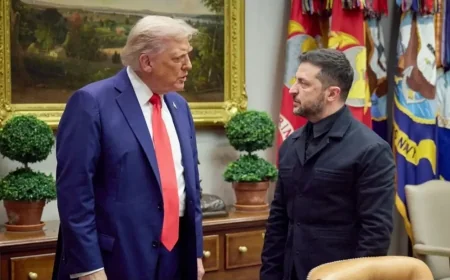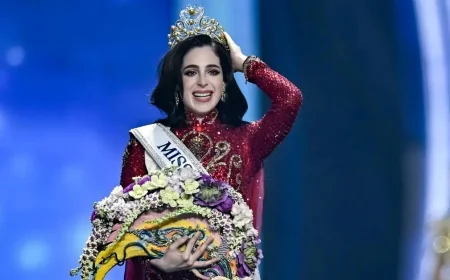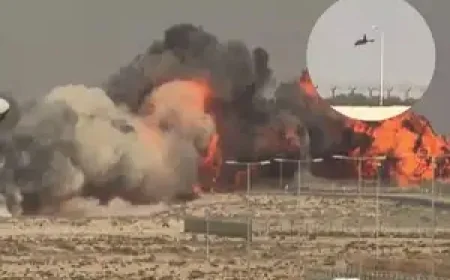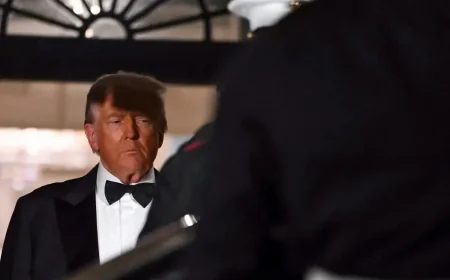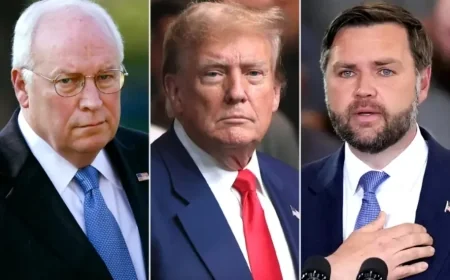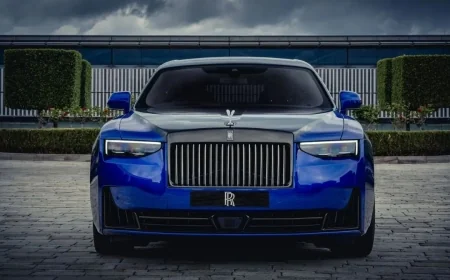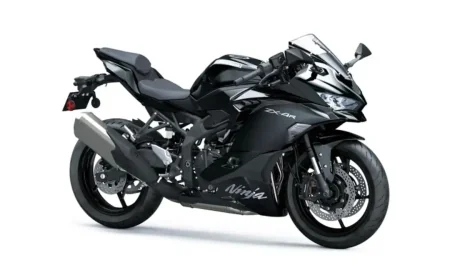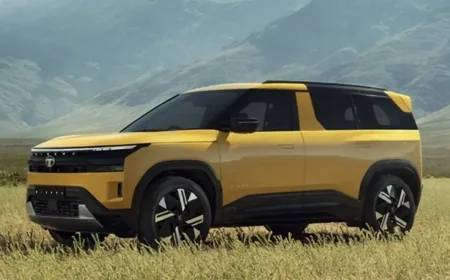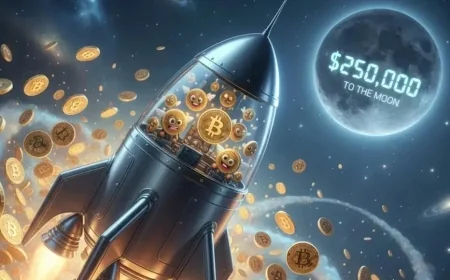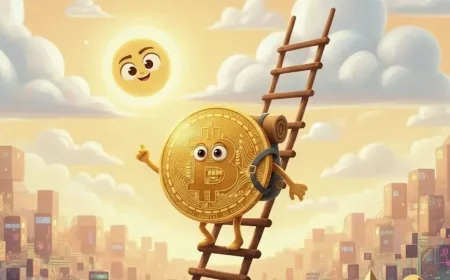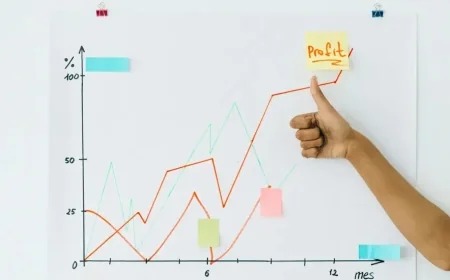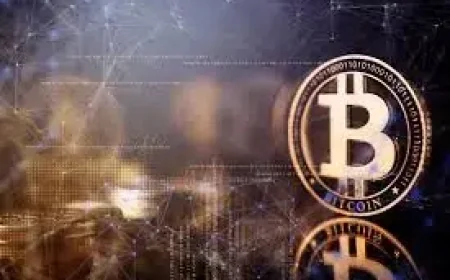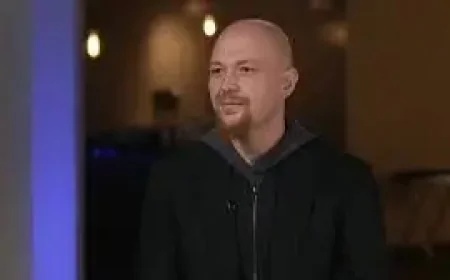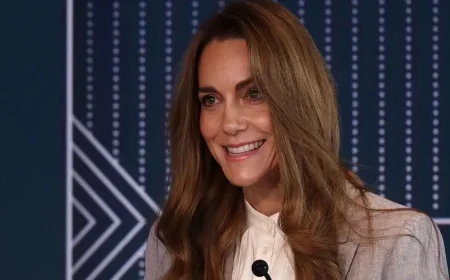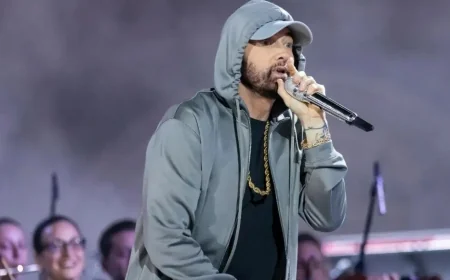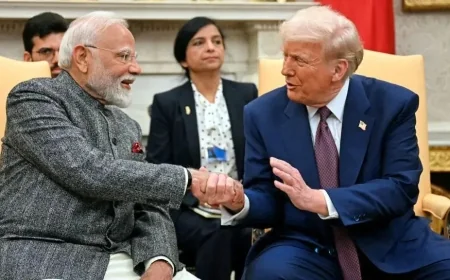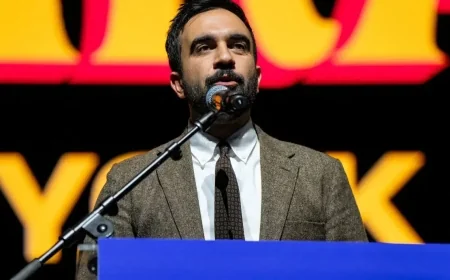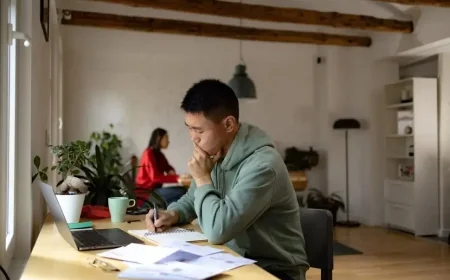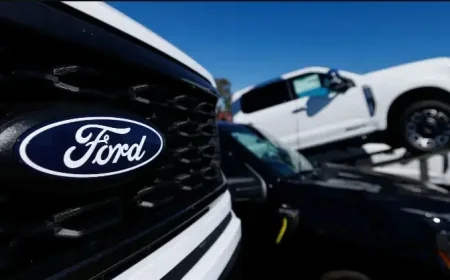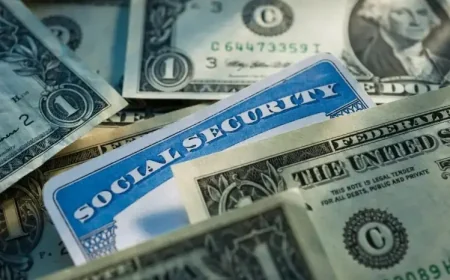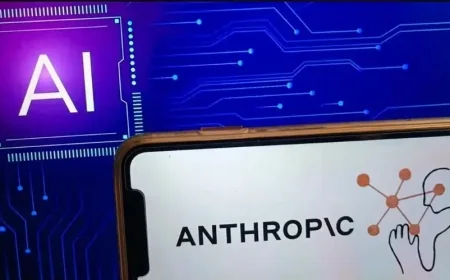Russia may have been a latecomer, but it is still preparing
Russian President Vladimir Putin has ordered officials to prepare a roadmap for the extraction of rare earth minerals by December 1st.
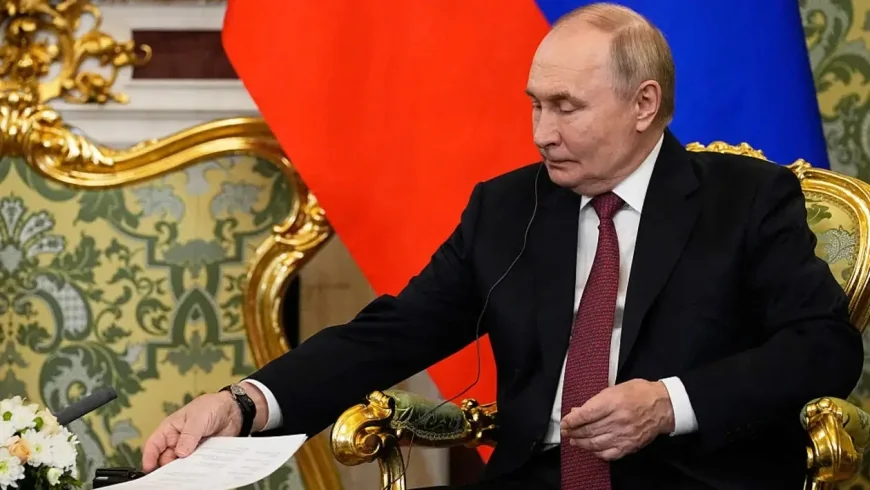
• China is by far the leading country in terms of mining, refining, processing, and exporting rare earth minerals.
• Russia is lagging behind, but still has the fifth-largest reserves of rare earth elements.
• Analysts say Russia is trying to increase production of rare earth minerals, but it is a latecomer and faces challenges establishing its position in this highly profitable global market.
• Russian President Vladimir Putin last week ordered his officials to prepare a roadmap by December 1st for the "long-term development of the extraction and production of rare and rare earth metals."

• Moscow has lagged behind its peers like China in exploiting its rare earth element reserves. These elements are primarily used in the manufacture of high-strength magnets, which are crucial components in high-tech and energy industries such as consumer electronics, electric vehicles, and wind turbines.
• Global competition for rare earth elements continues, and China's dominance in this sector is creating geopolitical tensions and vulnerabilities for industries dependent on critical minerals.
• In its latest report, the United States Geological Survey (USGS) estimates that the world has 110 million tons of rare earth element reserves. Of these, 44 million tons are in China, followed by Brazil (21 million tons), India, and Australia. Myanmar also has significant reserves of heavy rare earth elements and is a major supplier to China, but the extent of its reserves is unknown.
• Despite lagging behind major players, Russia is still estimated to have the fifth-largest known reserves of rare earth elements, with a total reserve of 3.8 million tons, according to the USGS. This surpasses the US, which produces 1.9 million tons.
• Big Ambitions
• However, Russia's domestic rare earth production is low, projected to reach only 2,500 metric tons in 2024, or 0.64% of global production. Eager to change this, Moscow plans to better exploit its natural resources as demand for rare earths grows, especially from the US, and concerns about supply chains are mounting.
• These concerns came to the fore this year when China imposed restrictions on its rare earth exports in response to US trade tariffs. This continued until US President Donald Trump and his Chinese counterpart, Xi Jinping, agreed last month that China would suspend controls for a year in exchange for the US reducing fentanyl-related tariffs.
• Trump is also considering a deal with war-torn Ukraine that would give the US access to its rare earth mineral deposits, located primarily in the south and east of the country, areas partially occupied by the Russian military, in exchange for continued support to fight the war. Trump has also repeatedly expressed interest in rare earth and mineral-rich Greenland.
• Putin, aware of Trump's desire for such deals, has tried to arouse the White House's interest. He has stated that Russia is ready and willing to work on joint projects with foreign partners to extract and process the country's rare earth metals.
• "Like China, Russia has a long history of extracting rare earth metals, so they've been doing it for a long time, but I think their competition [to increase rare earth extraction and production] is now putting them in a different position. The US is fighting for a need. Russia is fighting for an opportunity," Willis Thomas, principal consultant at CRU Group, told CNBC.
• Russia has certainly disclosed its rare earth reserves, however, with the Russian Ministry of Natural Resources stating earlier this year that it has reserves of 15 rare earth metals, totaling 28.5 million tons, far exceeding the US Geological Survey's estimate.
• However, questions remain about the quantity and quality of the metals in demand. Analysts say Moscow will keep this information secret.
• CRU's Thomas said, "It's a bit vague, but based on what we know about the declared reserves, their quality is a bit weak. I think there are probably some reserves we don't know about, some known in Russia, and maybe some that no one knows about."
• He added, "You release the 'ingredients' of your geological reserves only to raise capital. And if you don't have to raise capital from the public, you probably don't disclose it publicly." • East, or West?
• Another big question is whether Russia will look to its powerful eastern ally, China, for trade, as Beijing seeks other supplies of raw rare earth materials that it can process and export. Or, will Russia look to new investments, mining, and processing partnerships?
Having a downstream market for sales has helped China dominate the rare earth market.
• Russia has made significant efforts to develop economic ties and supply chains with China and could become another supplier to China by increasing imports of raw rare earth elements from countries such as Myanmar, Malaysia, and Laos for the processing stage of production. China processes approximately 69% of the world's rare earth elements on a large scale and at affordable rates.
What's Your Reaction?
 Like
0
Like
0
 Dislike
0
Dislike
0
 Love
0
Love
0
 Funny
0
Funny
0
 Angry
0
Angry
0
 Sad
0
Sad
0
 Wow
0
Wow
0
